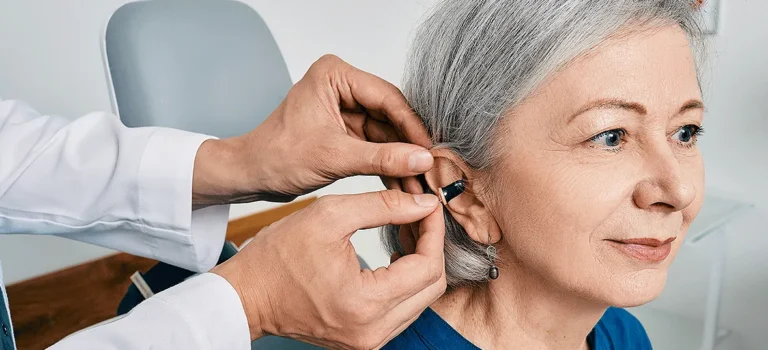Maintaining ear health is crucial for both your hearing and overall well-being. Regular care and preventative measures are essential to prevent issues that can affect your hearing quality and comfort. One common procedure that can help maintain ear health is professional ear wax removal, which can safely address a build-up that might affect hearing or lead to infections. This guide will provide you with information on how to take care of your ears professionally and what practices to follow for optimal ear health.
Understanding Ear Wax and Its Removal
The Role of Ear Wax
Ear wax, or cerumen, serves an important protective function for the ears. It has antibacterial properties and protects the ear canal by trapping dirt and slowing the growth of bacteria. While ear wax is beneficial, excessive build-up can lead to issues such as hearing loss, discomfort, and tinnitus.
Safe Removal Practices
- Professional Cleaning: Regular check-ups with an audiologist or an ear, nose, and throat (ENT) specialist can include wax assessment and removal if necessary.
- Microsuction: This is a safe method where a specialist uses a microscope and a small suction device to remove ear wax without touching the ear canal.
- Irrigation: A gentle flush of water is used to remove wax, suitable for those without a history of ear problems.
Routine Ear Health Check-ups
Why Regular Check-ups Are Important
Regular ear examinations by a healthcare professional can help catch issues before they become problematic. These check-ups are essential for:
- Detecting Changes or Abnormalities: Early detection of conditions such as ear infections, eardrum damage, or other abnormalities.
- Monitoring Hearing: Particularly important for individuals who work in noisy environments or have a family history of hearing loss.
What to Expect During a Check-up
- Visual Inspection: The doctor will look into your ears using an otoscope to check for wax build-up, infections, or structural issues.
- Hearing Tests: Periodic hearing tests can assess your auditory health and detect early signs of hearing loss.
Managing Common Ear Problems
Infections and Treatments
Ear infections are common, particularly in children, and can cause considerable discomfort and potential hearing impairment if not treated properly.
- Symptoms: Look out for pain, discharge, itching, and hearing loss.
- Treatment: Treatment may include antibiotics for bacterial infections or antifungal medications for fungal conditions. Always follow the medical advice tailored to the specific type of infection.
Preventing Ear Infections
- Keep Ears Dry: Water in the ears can lead to infections. Dry your ears thoroughly after swimming or bathing.
- Avoid Inserting Objects: Do not use cotton swabs or any other objects that could damage the ear canal and lead to infections.
Tips for Healthy Ears
Lifestyle Adjustments
- Noise Protection: Use ear protection in loud environments to prevent noise-induced hearing loss.
- Ear Hygiene: Clean your ears gently with a damp towel and avoid inserting anything into the ear canal.
Diet and Exercise
- Diet: Maintain a healthy diet rich in omega-3 fatty acids and antioxidants to help preserve hearing.
- Exercise: Regular cardiovascular exercise increases blood flow to all parts of your body, including the ears, which can help maintain ear health.
Taking care of your ears is an important aspect of your overall health routine. Regular visits to a healthcare provider for professional ear wax removal and check-ups can prevent complications and maintain your hearing health. By incorporating these practices into your healthcare routine, you can ensure that your ears remain healthy for years to come. Whether it’s taking preventive measures or seeking professional help for existing problems, a proactive approach to ear care is beneficial.
